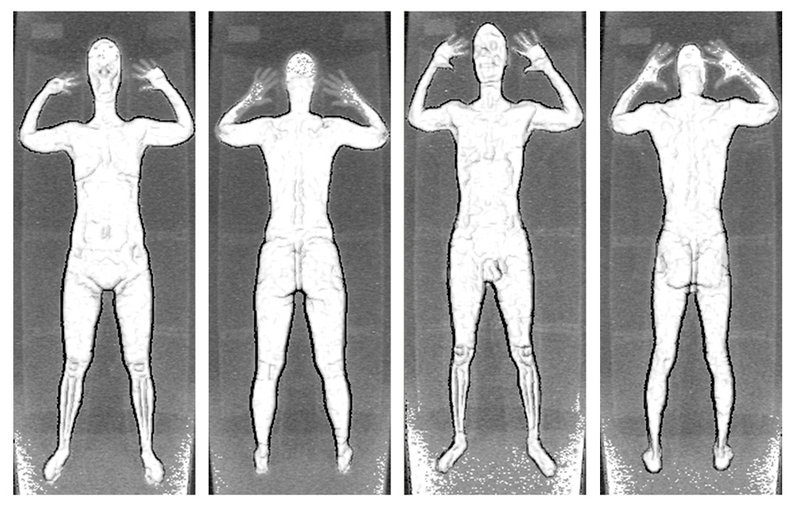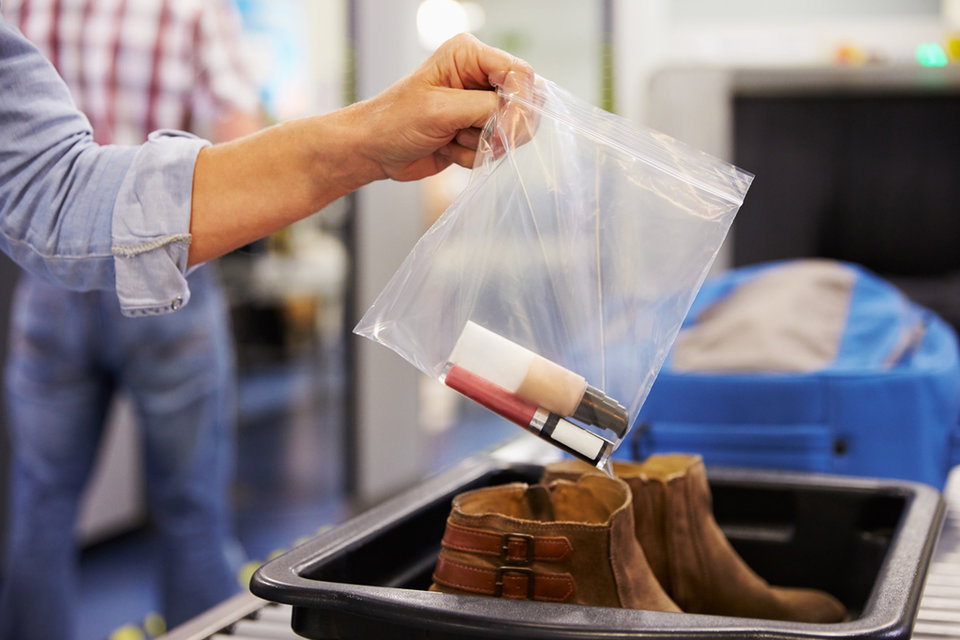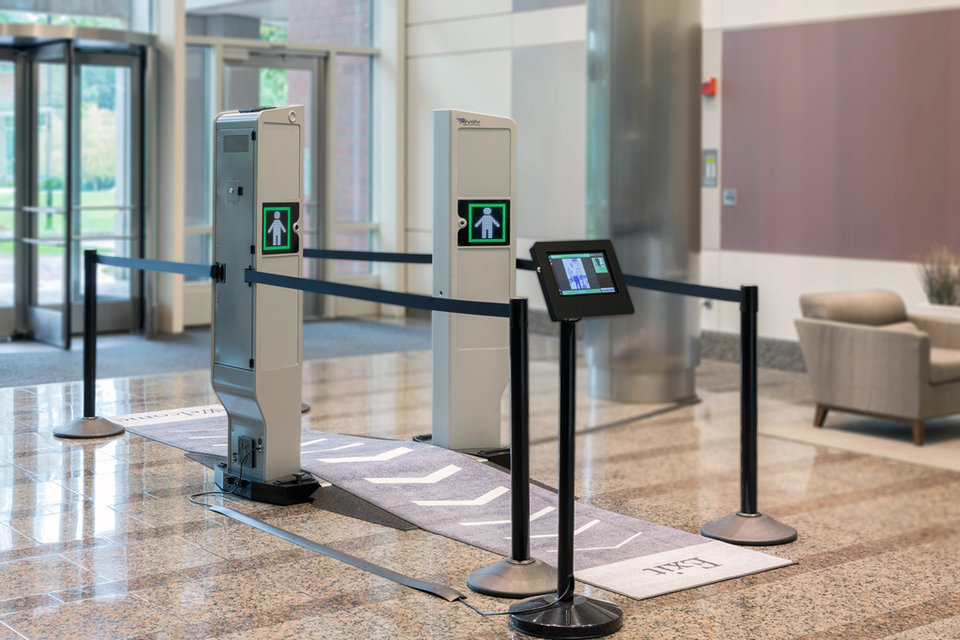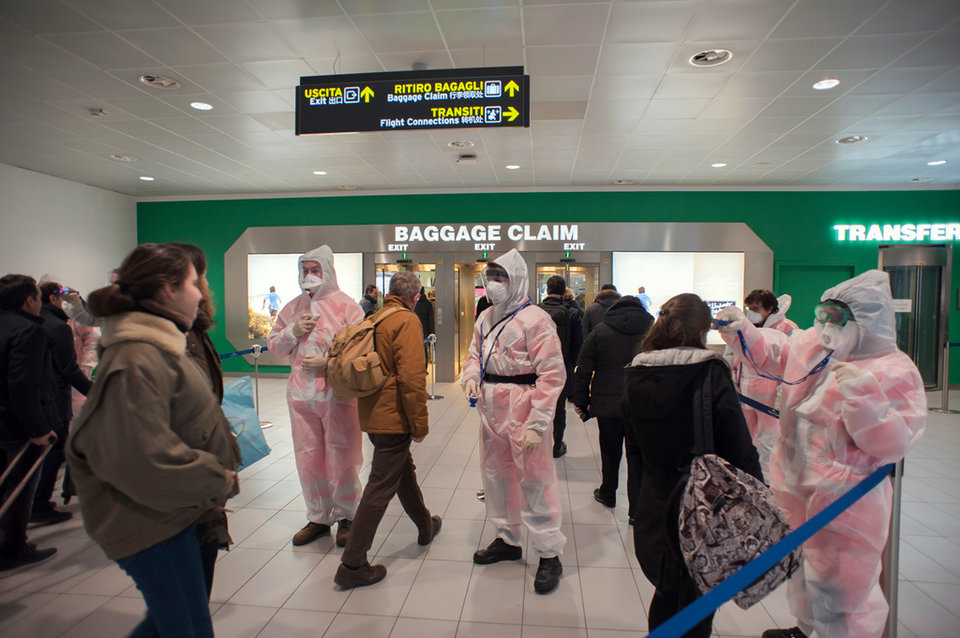Technology
Timeline:
the history of airport body scanners
Body scanners have been in use at airports for less than 20 years, yet they still spark controversy when it comes to privacy and social injustice issues. Adele Berti takes a look at the main events that defined the development of body scanners, the role they play now and how they’re evolving to meet new demands.
Screening technologies like body scanners have been commonplace ever since the 9/11 attacks, which led to tighter luggage rules and paved the way for the introduction of body scanners.
Before then, airport controls were reduced to manual controls of passengers and their bags. However, the growing threat of an attack at airports has forced the industry to tighten security measures.
Despite having evolved significantly over almost two decades, these systems have created headlines for being flawed, responsible for false alarms or being too inefficient. As a new study on their improvement kicks off in Northern Ireland, we round up body scanners’ most significant milestones and what they could look like in the future.
Image:
1960s-1990s
Manual checks, metal detectors and the first body scanner
Triggered by the economic boom that followed the end of World War II, air travel gained substantial traction in the 1960s, which saw the consolidation of commercial airlines and leisure travel. Security checks of one’s person and their luggage were mainly carried out manually during this period.
As time went by, a series of skyjacking attempts – which in 1969 alone amounted to 40 in the US – eventually led to the introduction of the first x-ray scanning machines for baggage in the 1970s. However, passengers themselves were only checked with an electronic magnetometer and later through metal detectors.
Towards the end of the millennium, in the early 1990s, Dr Steven Smith developed the first concept for a body scanner. This early model consisted of an ultra-low-dose backscatter X-ray security screening system also known as the Secure 1000.

The image produced by a backscatter x-ray scanning machine. Image: Transportation Security Administration / Public Domain
2000-2007
9/11 exposes lack of effective checking measures
Both passenger and baggage screening procedures underwent a substantial overhaul in the aftermath of the 9/11 terrorist attacks in New York, which brought to light flaws in the current system.
On the baggage scanning front, liquids were almost entirely banned from cabins and a number of items – from nail clippers to scissors – soon suffered the same fate.
As for passenger checks, the attacks showed how easily people could smuggle dangerous items on-board a plane and hide non-metal objects beneath their clothes. As a result, full-body scanners (alternatively called advanced imaging technology units) started to appear at airports, with Amsterdam Schiphol Airport leading the way in 2007.

2010-2013
Consolidation and privacy concerns
It wasn’t until 2010 that body scanners became the norm around the world due to a new attempted attack at Detroit Airport in 2009. Here, a man wearing a bomb in his underwear was stopped from boarding a plane.
Following the event, the TSA kicked off implementation procedures throughout the US, and many global hubs quickly followed suit.
There were two models available at the time: the millimetre wave scanner and the backscatter x-ray screener. The former uses non-ionising electromagnetic radiation that produces a 3D image of a person, while the latter relies on x-rays to emit low quantities of radiation to detect metallic and non-metallic items worn by a person.
However, backscatter x-ray scanners lived a rather short life as they were quickly labelled too revealing – triggering privacy concerns – as well as potentially harmful due to the radiation they emitted. They were then phased out from most airports in 2013.

Two body scanners at Cologne Bonn Airport. Image: © Raimond Spekking / CC BY-SA 4.0 (via Wikimedia Commons)
Late 2010s
Technological advancements
Since the second half of the 2010s, millimetre wave scanners have been in place in most locations. These are currently fitted with a privacy software called Automated Target Recognition that identifies suspicious non-metal and metal objects.
Overall, the past few years have all been about speeding up scanning times and improving the machines’ detection capabilities in the face of renewed terrorism concerns.
Yet research is often slow and too reliant on the investment it receives. This has predictably impacted locations where funds are scarce, such as small and local US airports that are often cut out of TSA resources. Nevertheless, in 2017 start-up Evolv Technology decided to target this exact market when it rolled out a security gate that can reportedly carry out rapid scans of some 600 passengers per hour.
Meanwhile, some researchers have been moving away from millimetre wave technology and are looking into alternatives. Two years ago, scientists in Cardiff announced the trial of a ‘super-sensitive’ scanner that uses space technology to detect human body heat.
Finally, in January Queen’s University in Belfast received a £1m grant to develop a new, faster and more reliable screening technology.

Evolv Technology has created a security gate that can scan up to 600 passengers per hour. Image: Evolv Technology
Late 2010s
Gender issues
But all this research has so far made little progress in addressing gender issues at security checkpoints. Cases of harassment at the expense of trans and gender non-conforming passengers have often come under public scrutiny as local and international lawmakers are yet to develop a set of standards on their identification and scanning procedures.
At the core of the issue is that body scanners shows transgender passengers having body parts that don’t match the gender specified on their travel document. More often than not, this has led to intrusive pat-downs from security officials, strip-searches and questioning.
Although this has little to do with body scanners themselves, which can’t arbitrarily determine a person’s gender, the issue has sparked criticism from the public, who are calling for changes to be made.
2020
Coronavirus and the need to evolve
Although only a few months in, the year 2020 has been largely marked by the spread of the Coronavirus pandemic, which has claimed victims all around the world.
Thermal screening is currently being used by several airports near China, where COVID-19 originated. However, the issue has called into questioning airports’ infection-detecting capabilities, with experts claiming body heat-based screenings are unable to detect the disease’s early symptoms.
Although very little can be done in the short term – with airports mostly focusing on containing the damages – there will be scope to look into more effective screening procedures in the future.

Temperature screenings at Bologna Airport, Italy in February 2020. Image: depaz / Shutterstock.com